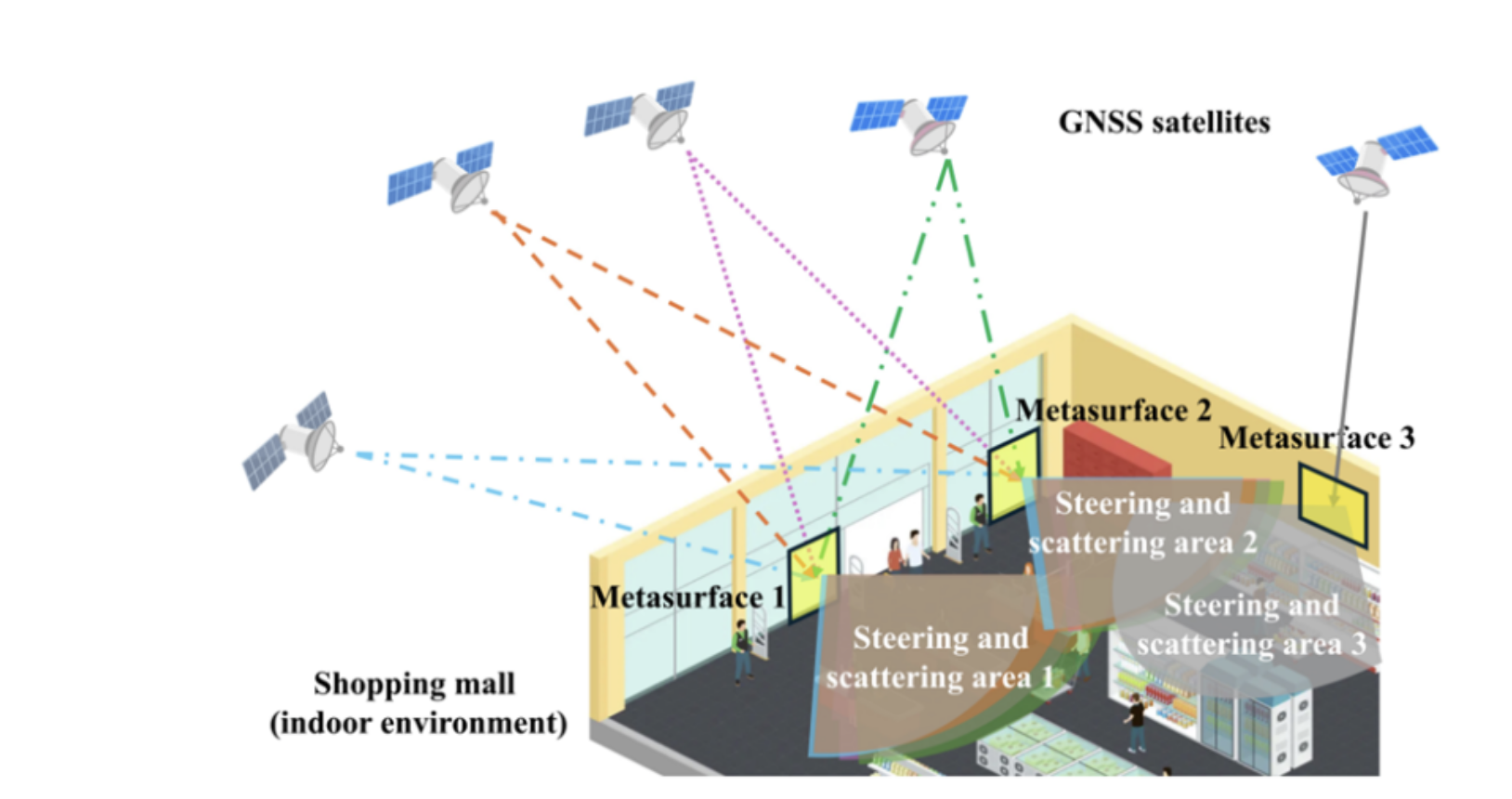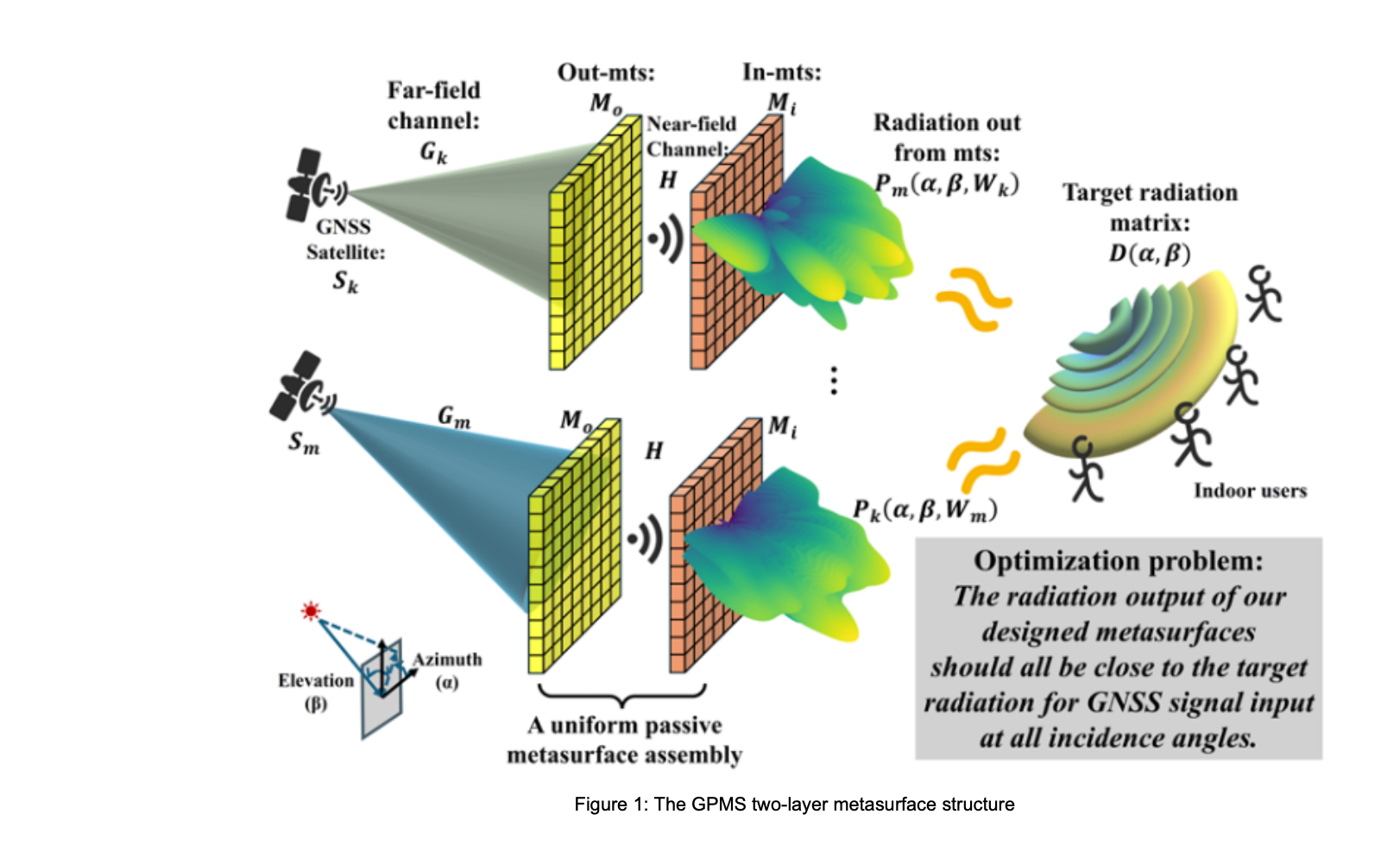Microsoft gets into kitchenware, cooks up new "metasurface" tech
Redmond takes on the scourge of undercooked food and bursting eggs, empowering the world to make better microwave dinners.

It's the tasty pivot that no-one expected.
Microsoft has made a bold move into the kitchen technology industry after inventing a new way of building super-efficient microwaves.
Redmond's researchers have been hard at work developing metasurfaces, engineered materials that can control the propagation of electromagnetic waves.
"By dynamically shaping and directing electromagnetic waves, metasurfaces offer a promising path to overcoming the constraints of conventional wireless systems," Microsoft wrote.
One key use case is enabling indoor access to the Global Navigation Satellite System (GNSS) by reducing the signal blockage, reflection, and attenuation caused by physical obstacles.
Signals often enter buildings through windows and bounce off the floor or ceiling, creating problems with effectively receiving the transmission.
Metasurfaces address this problem by directing the signals. Microsoft's own two-layered metasurface system can "guide signals from different angles and scatter them in parallel" to ensure they follow "similar emission trajectories".
Microsoft also developed new algorithms that allow signals to pass through metasurfaces, using them as anchor points. This is particularly useful in GPS positioning, which requires signals from at least four satellites to determine the location of an object, entity or person.
In Microsoft's system, illustrated below, each metasurface functions as a virtual satellite.

"By deploying at least three metasurfaces indoors, we achieved high-precision positioning through a triangulation algorithm," Microsoft wrote.
It deployed six metasurfaces on a 10×50-meter office floor and a 15×20-meter conference hall, finding "significant improvements in signal quality and availability."
C/N₀, a measure of signal-to-noise ratio, increased from 9.1 dB-Hz to 32.2 dB-Hz. The number of visible satellites increased from 3.6 to 21.5. Additionally, the absolute positioning error decreased from 30.6 meters to 3.2 meters in the office and from 11.2 meters to 2.7 meters in the conference hall.
Microsoft found that metasurfaces can enhance millimetre-wave performance for 5G and 6G networks by improving coverage and signal quality - replacing costly and inefficient traditional solutions like multiple access points or reflective panels.
Tests showed a 12.1 dB signal strength increase and throughput improvement from 77 Mbps to 373 Mbps, enabling reliable and flexible deployment.

The question you might not think to ask at this stage is: "What about boiling an egg?"
Nonetheless, Microsoft has got you.
It warned: "Microwave ovens often heat unevenly, creating cold spots in food. These can allow harmful bacteria and other pathogens to survive, increasing the risk of foodborne illnesses. Uneven heating can cause eggs to burst or create 'hot spots' that can scald.
"Uneven heating is due to the appliance’s heating mechanism. Microwave ovens generate high-power radio frequency (RF) electromagnetic waves through dielectric heating. These waves create nodes with zero amplitude, which prevents heating. They also create antinodes, where heating occurs more rapidly."
To fix this issue, Microsoft developed MicroSurf, a "low-cost solution that improves heating by using passive metasurfaces to control electromagnetic energy inside the microwave oven".
The tech uses a resonance effect between the metasurface and electromagnetic waves to modify standing-wave distribution and achieve uniform heating. See below for an illustration.

"Tests across four different microwave oven brands demonstrate that MicroSurf effectively optimizes heating for various liquids and solids, uniformly heating water, milk, bread, and meat," Microsoft wrote. "It concentrates heat on specific areas and adapts to differently shaped foods.
"MicroSurf offers a promising solution for even heating in microwave ovens, demonstrating the potential of metasurface technology in everyday applications. This innovation paves the way for smarter, more efficient home appliances."
So there you have it. Just think of the joy programs like Teams and Excel have brought to your life.
Aren't you excited about Microsoft bringing that wonder and excitement to your kitchen?
Have you got a story or insights to share? Get in touch and let us know.




